Daraewon (다래원)
15.5Km 2021-03-26
852, Gyeongdong-ro, Andong-si, Gyeongsangbuk-do
+82-54-821-8489
A place where you can enjoy various Chinese dishes. This Chinese (cuisine) restaurant is located in Andong-si, Gyeongsangbuk-do. The representative menu is sweet and sour pork.
Honggiwa Jjukkumi (홍기와쭈꾸미)
15.5Km 2021-03-30
450, Gangnam-ro, Andong-si, Gyeongsangbuk-do
+82-54-853-8538
This is a place that sells spicy Korean-style stir-fried seafood. This restaurant's signature menu is stir-fried webfoot octopus. This Korean dishes restaurant is located in Andong-si, Gyeongsangbuk-do.
Maison principale de la famille Lee de Goseong, branche Tapdong (법흥동 고성이씨탑동파종택)
15.8Km 2021-04-09
9-2, Beopheung-dong, Andong-si, Gyeongsangbuk-do
+82-54-840-5225
Construite en 1695 pour la famille Lee de Goseong, branche Tapdong, cette maison est toujours habitée par les aînés de cette famille. Elle est caractéristique d’une maison de yangban, noble de la dynastie Joseon.
Plusieurs bâtiments ont été ensuite construits et agrandis. Parmi eux, le pavillon Bukjeong a été élevé en 1775. On dit que Beopheungsa, vieux temple de l’ère Shilla se trouvait à cet endroit. La pagode à sept étages Shinsedong élevée devant la maison est son vestige.
Pachyai (파챠이)
15.8Km 2021-03-24
42, Jeongeori, 2-gil, Andong-si, Gyeongsangbuk-do
+82-54-823-2226
It is a place where the generous servings and the fantastic combination of seasoning and noodles go well together. This Chinese (cuisine) restaurant is located in Andong-si, Gyeongsangbuk-do. The representative menu is spicy seafood noodle soup.
Pagode de briques à sept étages Shinsedong (안동 법흥사지 칠층전탑)
15.8Km 2021-07-13
8-1, Beopheung-dong, Andong-si, Gyeongsangbuk-do
+82-54-840-5225
Déclarée trésor national n° 16, cette pagode est la construction en briques la plus grande et la plus ancienne de toute la Corée du sud. Elle mesure 16,8 mètres de haut et 7,75 mètres de large.
Etant donné que le village où elle se trouve s’appelle Beopheung-ri, on suppose qu’elle faisait partie du temple Beopheung qui a été construit au huitième siècle durant l’ère de Tongil Shilla. Mais à part cette pagode, il ne reste aucun monument. A l’endroit de ce temple se trouve actuellement la maison principale de la famille Lee de Goseong, branche Tapdong.
La partie supérieure de la pagode a disparu, mais sur la partie inférieure ont été gravées de belles représentations de dieux tutélaires du bouddhisme. Il reste des traces de joints de tuiles sur la partie supérieure du toit de chaque étage. Selon « Yeonggaji », (livre historique sur la région Andong achevé en 1608), les modifications y ont été effectuées en 1847 et il restait trois bâtiments à l’époque.
Cette pagode se situe près de la maison principale de la famille Lee de Goseong, branche Tapdong et du pavillon Andong Imcheonggak. Il vous est donc conseillé de visiter ces trois monuments ensemble.
Si vous prenez le bus ou le taxi, descendez devant le passage souterrain Beopheung et empruntez-le. Vous verrez la pagode sur votre gauche. La maison de la famille Lee de Goseong se trouve juste devant cette pagode. Puis, en vous mettant face à la maison, prenez le chemin à gauche et marchez 3 minutes. Vous serez devant le pavillon.
Chalbanggong Head House / 찰방공종택
15.8Km 2025-08-11
23-8, Songsogotaek-gil Pacheon-myeon, Cheongsong-gun, Gyeongsangbuk-do
+82-54-873-6502, +82-10-9502-7611
The Chalbanggong Head House is a resting place in nature that is open to everyone. The house was built in 1933 as the head house of Chalbanggong Shim Dang, a 9th-generation descendant of Akeungong from Cheongsong Shim’s Family. The place was also used as a village school and is designated as local cultural heritage no. 13. The structure of the house is shaped like the Korean alphabet "ㄷ". The fact that the gate of the house is facing north is very unusual. The house is positioned next to the Songso Old House, which has 99 rooms, and is composed of Ondol rooms heated by firewood as well as a wide yard and a vegetable garden. The place provides a comfortable resting space for those who want to enjoy the atmosphere of a traditional Korean-style house that they cannot easily see in urban areas. The rooms are papered with traditional Korean paper and equipped with beddings. The house is located in a region that is so quiet you can barely hear a thing except the sound of birds and wind. There is an ancestral shrine in the head house that looks just like a warm grandma’s house.
Imcheonggak à Andong (안동 임청각)
15.9Km 2021-12-22
63, Imcheonggak-gil, Andong-si, Gyeongsangbuk-do
+82-54-859-0025
Ce pavillon est annexé à une maison construite au milieu de la dynastie Joseon (1392~1910) par un Yangban (noble de cette dynastie) appréciant beaucoup le paysage de cet endroit. Le bâtiment le plus connu de la maison est le pavillon Kunjajeong. Ayant échappé aux flammes lors des deux invasions japonaises qui ont eu lieu entre 1592 et 1598, ce pavillon a été déclaré par l’Etat coréen trésor nº 182 en 1963.
La plaque placée sous le toit et au-dessus de la porte a été écrite par Lee Hwang (1501~1570), un des grands savants confucianistes coréens.
Pavillion Manhyujeong (만휴정)
15.9Km 2023-01-18
42, Mukgyehari-gil, Giran-myeon, Andong-si, Gyeongsangbuk-do
Manhyujeong désigne un pavillon construit en 1500 (6e année du règne du roi Yeonsan-gun) ayant appartenu à Bobaekdang Kim Gye-haeng.
L'aspect actuel du bâtiment, qui a été modifié suite à diverses rénovations, illustre en partie le style architectural de la fin de la dynastie Joseon. Kim Gye-haeng, qui est à l'origine de ce pavillon, était un fonctionnaire qui a occupé divers postes gouvernementaux au début de la dynastie Joseon. Cependant, sous le règne tyrannique du roi Yeonsan-gun, il a abandonné le poste gouvernemental pour revenir dans sa ville natale. Cette figure historique avait d’abord bâti un petit pavillon près de l’étang Seolmot (actuellement Sosan 2-ri), mais comme celui-ci se trouvait à côté de la route, il a cherché un endroit plus calme pour construire le présent pavillon.
En entrant dans la vallée de l’autre côté du ruisseau de l’école confucianiste Mukgyeseowon à Giran-myeonm, vous pourrez trouver ce pavillon dans un magnifique endroit où l’eau du ruisseau de la montagne coule avec une cascade sur un rocher dans une vallée grandiose.
Maison traditionnelle Songsogotaek à Cheongsong (청송 송소고택)
15.9Km 2021-12-22
15-2, Songsogotaek-gil, Pacheon-myeon, Cheongsong-gun, Gyeongsangbuk-do
+82-54-874-6556
Il s'agit de la maison traditionnelle, dit “Hanok”, construite dans les années 1880 par Sim Ho-taek, 7ème génération de Sim Cheo-dae, le multi millionaire de l'époque du règne du roi Yeongjo (1694-1776). Cette maison est aussi connue sous le nom de “Sim Bujatjip” (maison du riche Sil).
Entourée par une forêt, la maison d'intègre harmonieusement à la nature environnante. Elle est immense, elle se compose de sept édifices et de 99 chambres. Le jardin est la première chose que vous verrez en entrant. La maison est de forme rectangulaire, c'est un bon exemple des maisons de noble de la dynastie Joseon.
C'est aujourd'hui un hébergement idéal pour les touristes qui désirent découvrir la Corée traditionnelle. Si vous y passez la nuit vous aurez l'occasion d'apprendre quelques jeux folkloriques traditionnels, comme le jegichagi, le lance-pierre, le tuho (lancer de flèches) et plus. De nombreuses familles dont les ancêtres occupaient des postes importants au cours de la dynastie Joseon vivent dans les alentours de Deokcheon .
Song jeong Historic House / 송정고택
15.9Km 2025-08-12
15-1, Songsogotaek-gil Pacheon-myeon, Cheongsong-gun, Gyeongsangbuk-do
+82-10-8746-6690
Cheongsong-gun in Gyeongsangbuk-do is a small village blessed with a spring flowing with natural mineral water, a beautiful valley with a majestic waterfall, and a mountain densely covered with pine trees. Thanks to this superb natural environment, Cheongsong-gun was designated as a 'Slow City' in 2011. Songjeong gotaek (The Old House of Songjeong) is located in the village of Deokcheon in Cheongsong-gun, which is one of the three richest and most prestigious families in the region.
These three wealthy families are said to have produced millionaires for nine generations - from Sim Cheon-dae during the reign of King Yeongjo of Joseon (r. 17224-1776) to the 1960s. In particular, it was a seventh-generation grandson, Sim Ho-taek (pen-name: Songso), famous as one of the richest men in Joseon, who built Songso gotaek (Old House of Songso) along with three houses for his three sons, including Songjeong gotaek for his second son Sim Sang-gwang (pen-name: Songjeong) around 1880. As the Cheongsong Sim Clan has lived in the area for many generations, Cheongsong is known as the village of the Cheongsong Sim family.
Covering a total area of about 10,000m2, Songjeong gotaek has a tall and grand front gate that symbolizes the wealth of the family. Upon entering by the gate, the large outer courtyard comes into view, followed by a gate connecting to the Old House of Songso on the right, and a walking path connecting to a well and a pine grove on the left. The square-shaped structure consists of a sarangchae (detached building), chaekbang (library), and daecheongmaru (main floored room). Passing through the entrance, there are the main building and the inner courtyard. Notably, the chaekbang has retained its original appearance from the time when it was used by Sim Sang-gwang.
Although the house is very large, its interior is simply and modestly designed according to the virtues favored by classical scholars. The rooms are floor-heated in the traditional way (by ondol) using wood, decorated with traditional hanji (Korean paper), and equipped with traditional bedding.
Songjeong gotaek offers visitors a variety of experience programs designed to promote the form of Korean classical music known as Gukak. It holds three major musical events each year including a pansori folksong program and a fusion gukak concert, attracting an audience of anywhere from 200 to 800 people to the courtyard of the house. Sometimes, families hold parties to celebrate their parents’ 60th, 70th, and 80th birthdays.
The low hill situated behind the house has a quiet walking path.
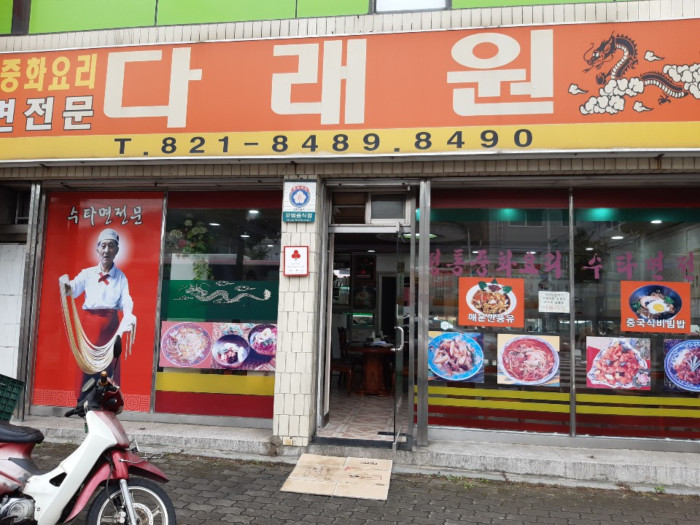
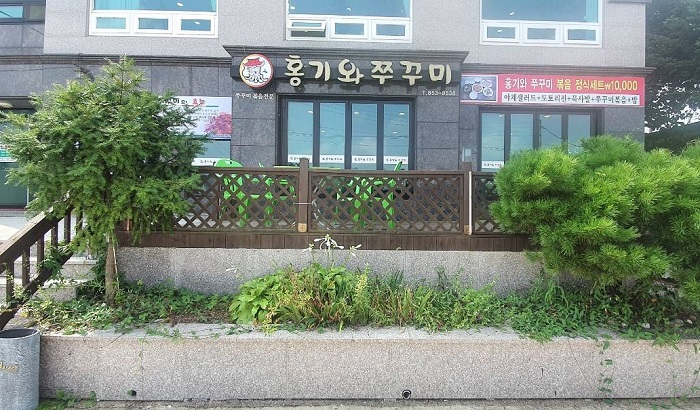
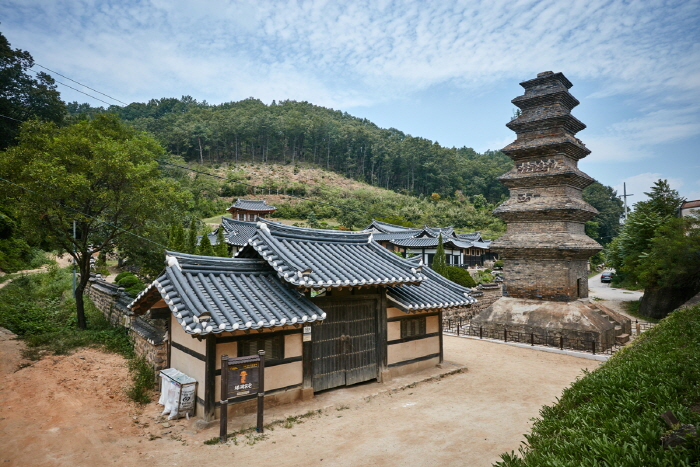
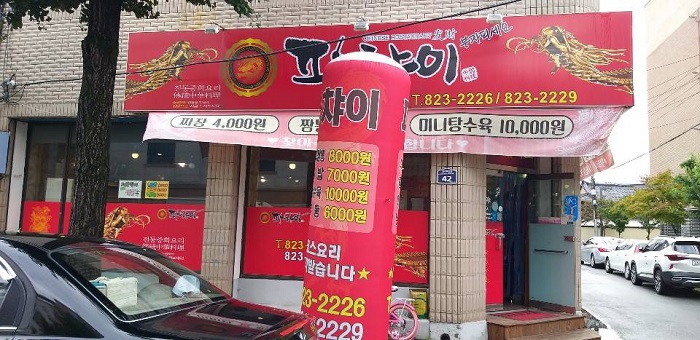
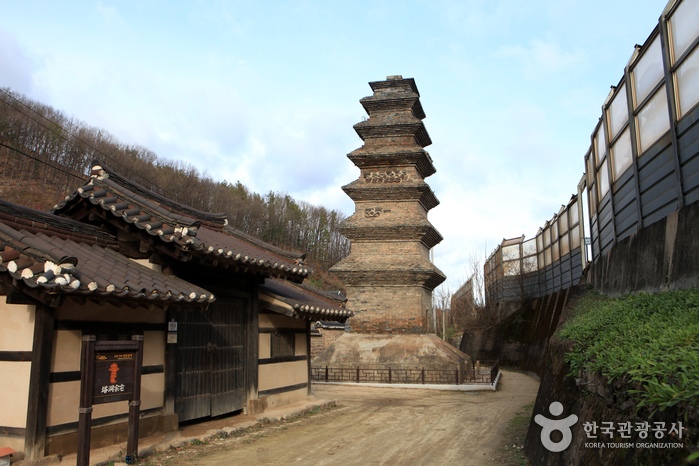
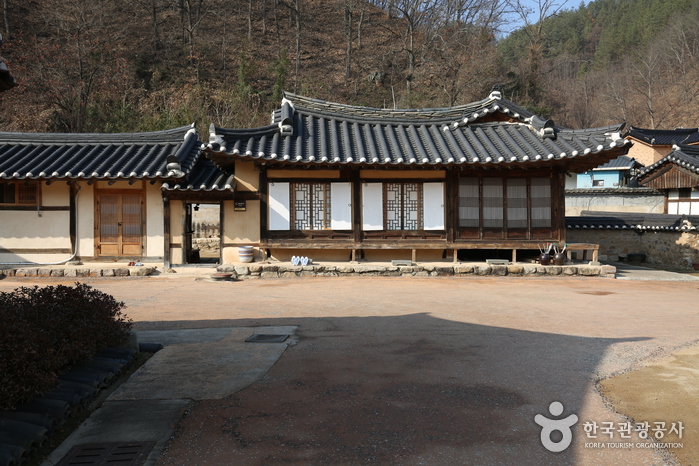
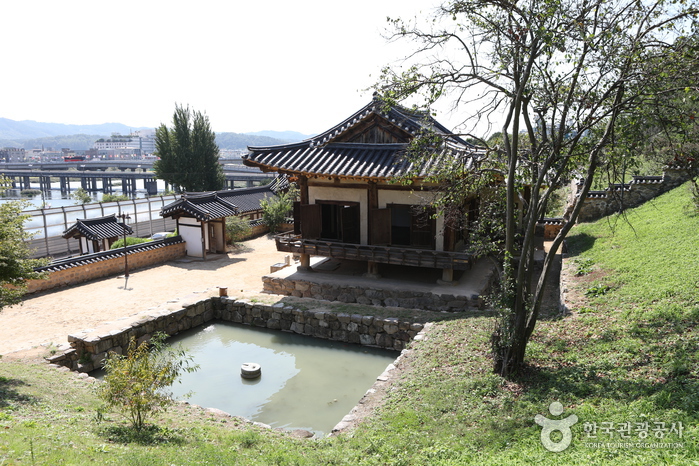

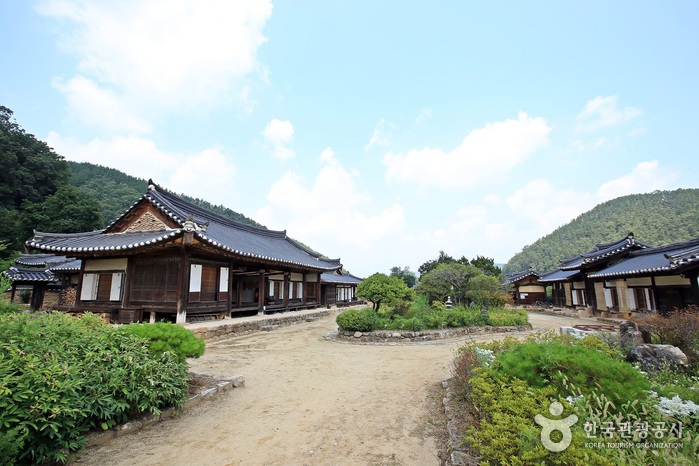
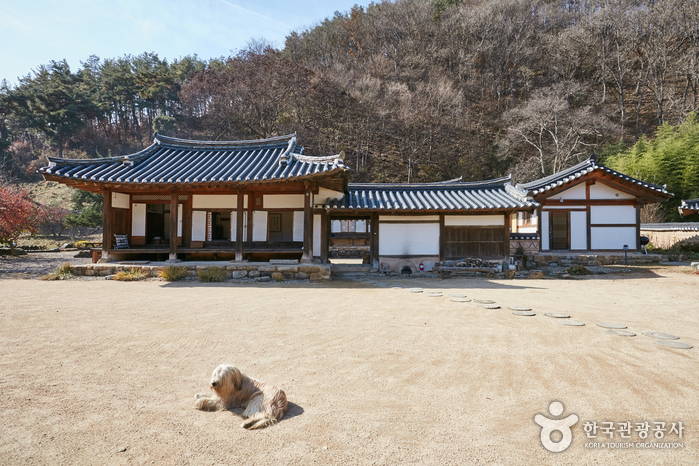
 Français
Français
 한국어
한국어 English
English 日本語
日本語 中文(简体)
中文(简体) Deutsch
Deutsch Español
Español Русский
Русский